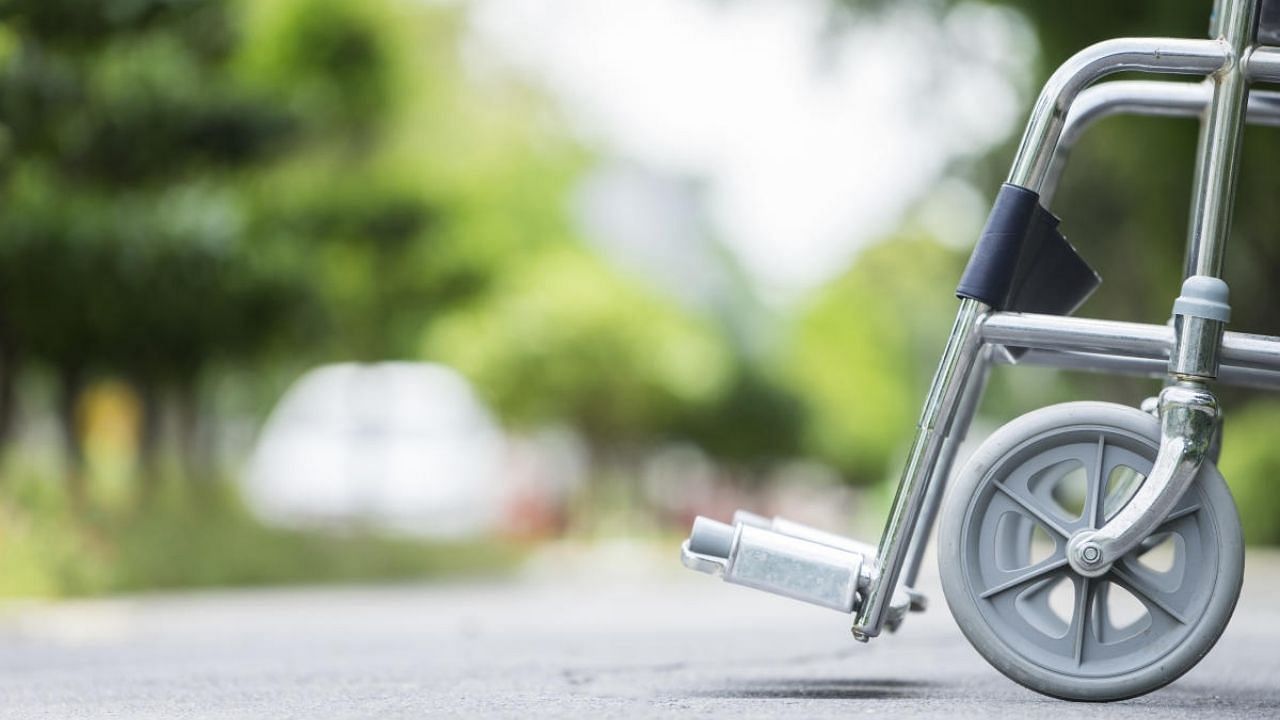
December 3, 2021, was celebrated as the International Day of Persons with Disabilities with the theme ‘Leadership and Participation of Persons with Disabilities towards an Inclusive, Accessible, and Sustainable Post Covid-19 World’. Not just Covid-19, about 389 different disastrous events happened in 2020 alone as compared to a total of 368 between 2000-2019 as per a recent global report, implying that disasters are imminent and everybody including persons with disabilities (PwD) needs to learn to live with them.
The PwD have always been found to be the most affected during natural calamities and Covid. This vulnerable community often cannot access the emergency facilities like ramps, lifts, wheelchairs, telephones, medicines, door latches, toilets and accessories. Instances of negligence and discrimination by the establishments have led to their isolation and poor healthcare leading to increased risk.
Disasters have caused injuries, deaths and increased impairment to persons with disabilities due to improper planning. Children with disabilities have been hit hard as online teaching methods were not conducive. The public on the street was unwilling to help disabled persons cross the roads due to the fear of Covid-19 infection. Disabled struggled in the same single queue alongside others in the crowd to receive rations and medicines.
Studies revealed that PwDs have two to four times more mortality rate than the general public during the disaster. The basic needs of persons with disabilities are not understood by the establishments due to their non-participation in disaster management. Generally, there is no representation of members from PwDs in the management committees, and the authorities pay no attention to including them in planning.
The social stigma and exclusionary approach to PwDs push them even more severely to all forms of mental distress. As per the 2011 census, India has 2.68 crore persons with disabilities of which 20.3 per cent of people have movement disabilities, 18.9 per cent have hearing impairments and 18.8 per cent have visual impairments. They need easy to access markets, schools, hospitals, roads, streets and non-slippery walkways without obstructions like stone posts, steps and encroachment.
Establishments must start providing tactile floor guidance paths for independent movement of persons with visual impairments. The door sills in the public buildings should be provided with a ramp and stepped entrance to toilets to be avoided for wheelchair users and blind persons. When it is impractical to provide a lift or a ramp due to the shortage of space, a wheelchair stair-lift or platform lift could be a reasonable alternative. Preferably a visual emergency alarm must be provided to alert people who are deaf or hard of hearing in the event of any disaster.
The public infrastructure should ensure that the physical environment is barrier-free by providing ramps, lifts, braille/engraved signage. National Building Code of India-2016 and “Harmonised Guidelines and Space Standards for Barrier-Free Environment for Persons with Disabilities” specify standards for the same. Section 46 of the RPwD Act 2016 makes it mandatory for all public and private buildings to make them accessible.
The Disaster Management Authorities at the Centre, state and district must take appropriate measures to ensure inclusion of persons with disabilities in its disaster management activities as defined under clause (e) of section 2 of the Disaster Management Act, 2005 for the safety and protection of persons with disabilities. The DDMA must maintain a record of details of persons with disabilities in the district and take suitable measures to inform such persons of any situations of risk so as to enhance disaster preparedness.
State and district authorities must take all steps to address discrimination against persons with disabilities. The government and non-government establishments must plan and implement a barrier-free physical environment. Old buildings like temples, schools, hospitals, markets, heritage sites etc., need to be made accessible as PwDs are being physically hoisted leading to a feeling of loss of dignity.
(The writer is senior faculty and Head of Centre for Disaster Management, Administrative Training Institute, Mysuru)
Check out the latest videos from DH: